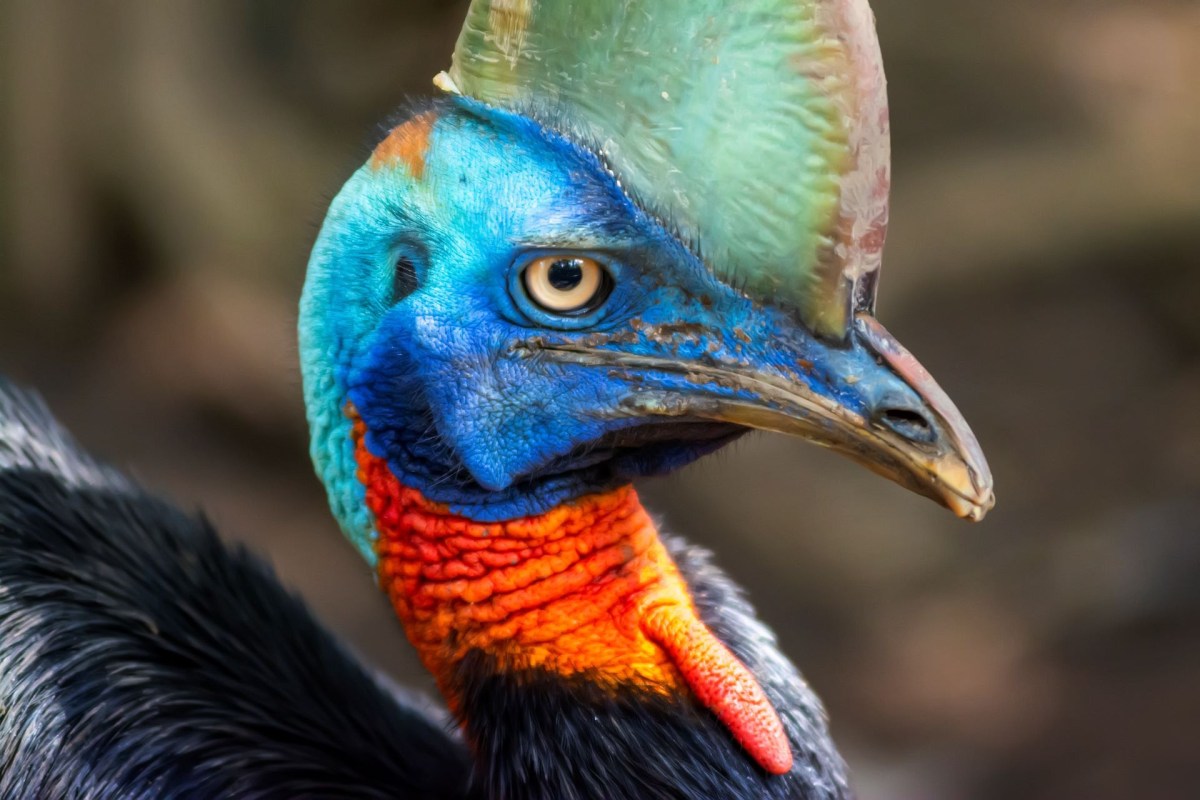A recent study has revealed that several species that were heading for extinction — 29 to be exact — can now longer be considered threatened.
The study, carried out by a team from Charles Darwin University, found that the 29 species previously listed as threatened under Australia's Environment Protection and Biodiversity Conservation Act (EPBC), have now recovered from rapid declines in numbers and are no longer at critical risk.
In total, the researchers, led by John Woinarski, reviewed all 446 species listed as threatened by Australian legislation between 2000 to 2022. The team assessed the incidence and characteristics of recovery, concluding that 29 species (one fish, one reptile, four frogs, eight birds, and 15 mammals) no longer meet the criteria for being listed as threatened.
"While most of these species are far from recovered to historically natural population sizes, they are no longer rapidly declining," explained Woinarski. "In most cases their populations have stabilized and in some cases numbers are now going up."
Encouraging growth in species populations and preventing extinction will help to slow down Earth's loss of biodiversity — the different kinds of life within one area, including animals, plants, fungi, and even tiny microorganisms like bacteria. A wide range of life is important as each of these species works together to maintain balance within our ecosystems. The loss of one of these can disrupt the intricate web of the food chain and endanger well-being.
Recovery of threatened species can be accomplished "when the investment and commitment is there," explained Woinarski.
For 14 of the mammal species, that included tactics such as translocating species to islands and fenced areas where cats and foxes were kept out.
Despite the recent findings, Woinarski said that the threat of biodiversity loss was still of "great concern."
"Far more species have been added to the threatened species list than removed from it over the last 20 years," he said.
The recovered species represent only 6.5% of the threatened species currently listed, with many that meet the threatened criteria suffering the impacts from our planet's changing temperatures.
"There have not been any recoveries of threatened species affected by broadscale land clearing, forestry, climate change, and changed fire regimes," said Woinarski. "Australia is not yet managing those threats adequately, and they represent formidable challenges."
Join our free newsletter for cool news and cool tips that make it easy to help yourself while helping the planet.









